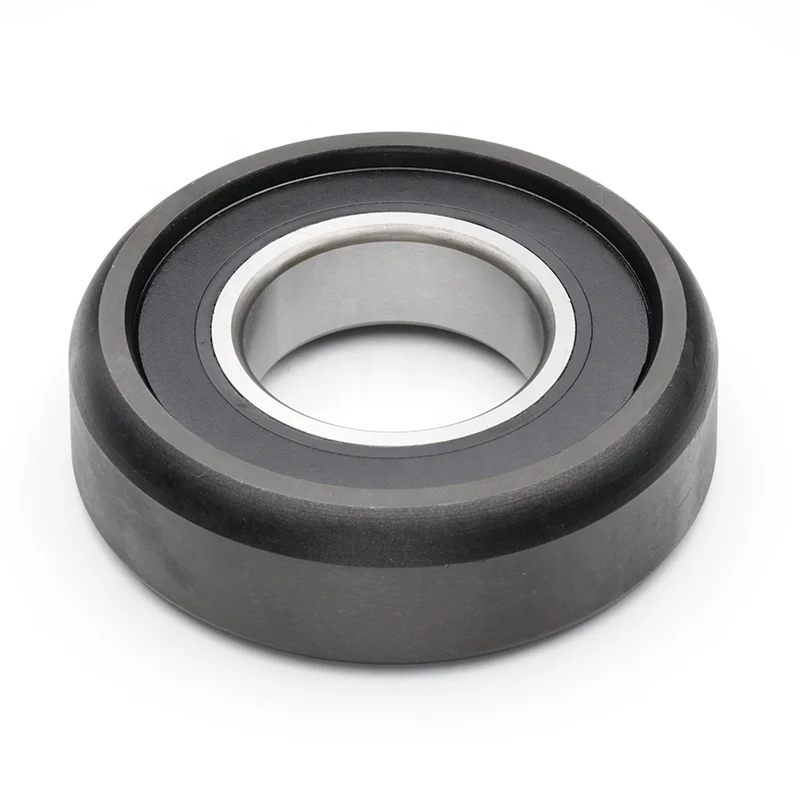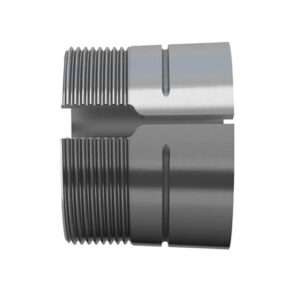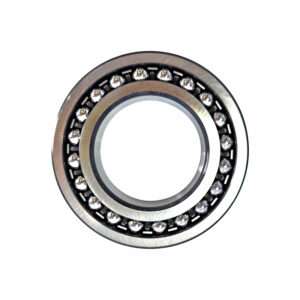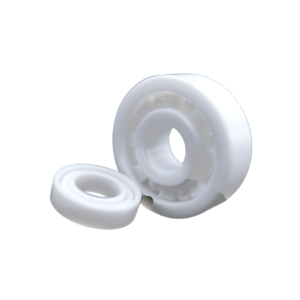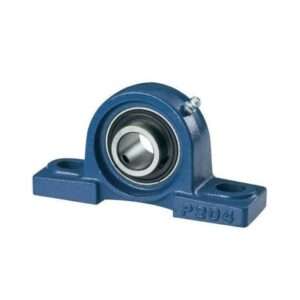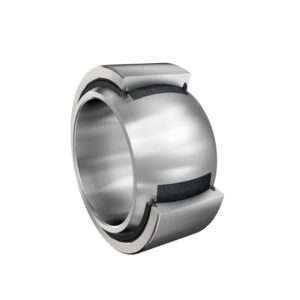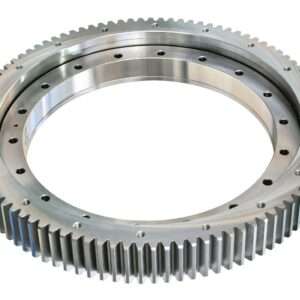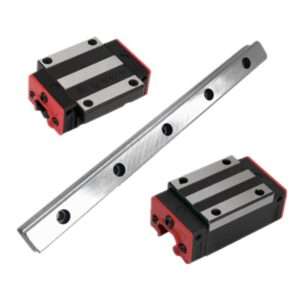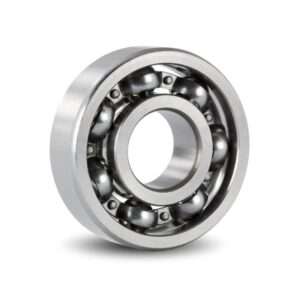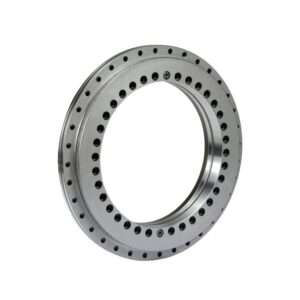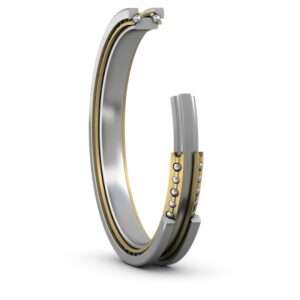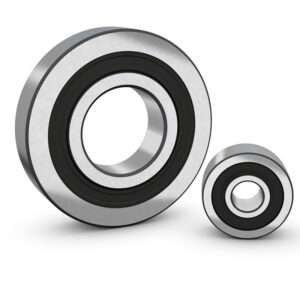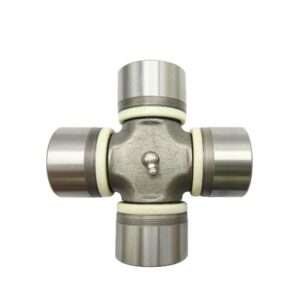Table of Contents
Categories
Sealing Success: Mastering the Art of Bearing Seals
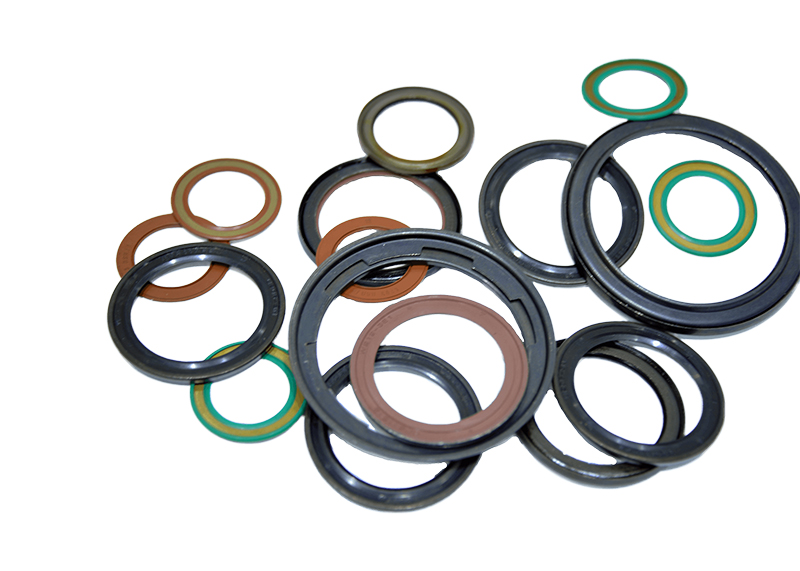
Introduction
In the intricate world of mechanical systems, where precision and durability are paramount, bearing seals emerge as unsung heroes, diligently ensuring the seamless functioning and extended lifespan of critical components. Bearing seals, a fundamental aspect of mechanical engineering, operate at the nexus of protective mechanisms, safeguarding bearings against the ingress of harmful contaminants and fortifying the retention of vital lubricants.
Basics of Bearing Seals
Understanding the Purpose
Bearing seals play a crucial role in machinery by preventing the ingress of contaminants and retaining lubricants within the bearing housing. Their primary purpose is to safeguard the bearing from external elements such as dust, dirt, moisture, and other abrasive substances. By creating a protective barrier, bearing seals help extend the lifespan of the bearing and enhance its performance by minimizing wear and friction. This is especially vital in industries like manufacturing, automotive, and aerospace, where precision and reliability are paramount. Additionally, bearing seals contribute to the overall efficiency of machinery by maintaining proper lubrication levels, reducing maintenance requirements, and preventing premature failure. In summary, bearing seals promote the durability, functionality, and longevity of bearings in various mechanical applications.
Types of Bearing Seals
Felt Seals: Made of compressed felt, these seals are effective at retaining lubricants and excluding contaminants. They are often used in less demanding environments.
Labyrinth Seals: Labyrinth seals consist of intricate paths that impede the entry of contaminants through a maze-like structure. They are effective in high-speed applications and are known for their durability.
Contact Seals (Rubber or Metal): These seals, often made of rubber or metal, physically contact the inner and outer ring surfaces. They provide effective protection against contaminants but may generate more heat due to friction.
Non-Contact Seals (Magnetic, Air, or Splash): These seals do not physically touch the bearing surfaces. Examples include magnetic seals, air seals, and splash seals. They reduce friction and wear, suitable for high-speed applications.
V-Ring Seals: V-ring seals are flexible rubber or plastic rings that press against the shaft, providing effective sealing against contaminants. They are easy to install and are suitable for various applications.
Teflon Seals: Teflon seals offer low friction and excellent resistance to chemicals and high temperatures. They are commonly used in demanding industrial applications.
Cartridge Seals: Cartridge seals are pre-assembled units that combine multiple sealing elements into a single cartridge. They simplify installation and maintenance, making them suitable for various industries.
Selecting the appropriate bearing seal depends on factors such as the operating environment, speed, temperature, and contamination levels to ensure optimal performance and longevity of the bearing system.
Role in Bearing Performance
Contaminant Exclusion: Bearing seals act as barriers that prevent the entry of contaminants such as dust, dirt, water, and abrasive particles into the bearing. This is crucial for maintaining a clean and controlled environment within the bearing housing, reducing the risk of wear and damage.
Lubricant Retention: Bearing seals help retain the lubricant within the bearing, ensuring a consistent and adequate supply to reduce friction and wear. Effective lubrication is essential for optimal bearing performance and longevity.
Friction Reduction: Seals contribute to minimizing friction between moving parts by retaining the lubricating fluid. Reduced friction not only enhances efficiency but also diminishes heat generation, preventing premature wear and extending the overall lifespan of the bearing.
Environmental Protection: Bearings are often exposed to various environmental conditions. Seals provide protection against external factors like moisture, chemicals, and extreme temperatures, safeguarding the bearing from potential damage and maintaining its performance in diverse operational settings.
Prevention of Lubricant Leakage: Bearing seals play a key role in preventing lubricant leakage from the bearing housing. This is vital for maintaining a consistent level of lubrication, preventing contamination of surrounding components, and ensuring the proper functioning of the bearing over time.
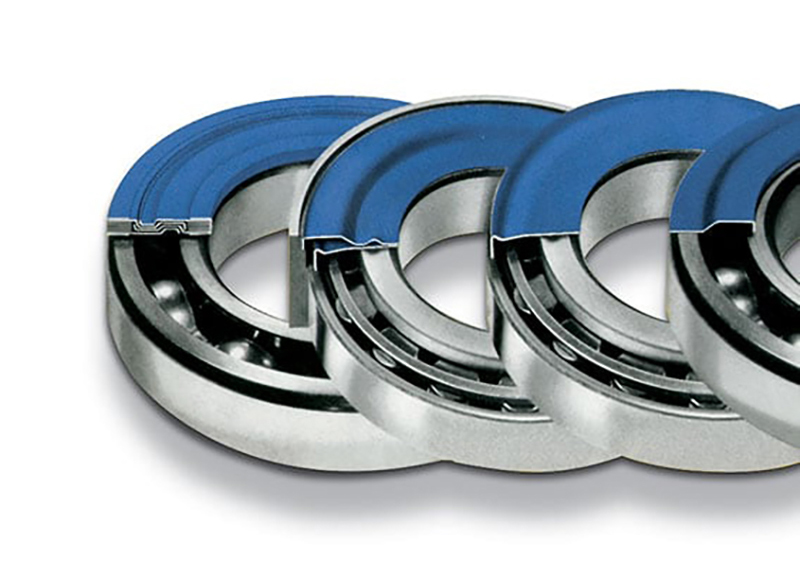
Common Materials Used
Nitrile Rubber (NBR): Nitrile rubber, commonly known as NBR, is a synthetic rubber with excellent resistance to oil, fuel, and abrasion. NBR seals are widely used in applications where exposure to oils and lubricants is common. They provide good sealing performance and durability.
Viton (Fluoroelastomer): Viton, a type of fluoroelastomer, is known for its exceptional chemical resistance and high-temperature stability. Viton seals are suitable for applications involving harsh chemicals, acids, and elevated temperatures, making them a preferred choice in demanding industrial environments.
Polytetrafluoroethylene (PTFE): PTFE is a synthetic fluoropolymer with excellent chemical resistance and a low coefficient of friction. PTFE seals offer superior performance in high-temperature and corrosive environments. They are often used in applications where minimal friction and resistance to aggressive substances are crucial.
Silicone Rubber: Silicone rubber exhibits high-temperature resistance, flexibility, and good sealing properties. Silicone seals are commonly used in applications where resistance to extreme temperatures, ozone, and UV radiation is essential. They are also known for their electrical insulation properties.
Stainless Steel: Stainless steel is a corrosion-resistant alloy often used for manufacturing metal seals. Stainless steel seals are durable and provide effective protection against environmental factors. They are suitable for applications where both mechanical strength and corrosion resistance are critical.
Polyurethane (PU): Polyurethane is a versatile material with good abrasion resistance and flexibility. Polyurethane seals are used in applications where resistance to wear and tear is essential. They are known for their resilience and performance in dynamic sealing situations.
Installation and Maintenance
Proper installation of bearing seals is crucial for ensuring optimal performance and longevity of the bearing system. During installation, it’s essential to ensure a clean and contaminant-free environment. Start by cleaning the shaft and housing surfaces thoroughly to remove any debris. Carefully position the seal, ensuring it is aligned with the shaft and housing, and use appropriate tools to avoid damaging the seal during installation. Apply a compatible lubricant to the seal’s lips to facilitate proper sealing and reduce friction during the initial rotation. Adequate preloading of the seal can be necessary, depending on the type and design of the seal. For daily maintenance, regular inspections for signs of wear, damage, or leakage are essential. Additionally, monitoring and maintaining proper lubrication levels in the bearing system, as well as addressing any environmental factors that may impact seal integrity, contribute to extended bearing and seal life. Regular attention to these installation and maintenance practices helps enhance the overall reliability and efficiency of the bearing system.
Troubleshooting Seal Issues
Identifying Seal Failures
Identifying bearing seal failure involves vigilant examination for specific indicators. Leakage of lubricant around the seal or visible oil stains on adjacent surfaces is a clear sign of compromised sealing integrity. Unusual noise, increased operating temperatures, or excessive friction could indicate a damaged or worn seal. Visual inspection for wear patterns or irregularities on the seal’s surface is crucial, as well as checking for any deformation or displacement from its proper position. In some cases, a strong burning odor might be present, signaling excessive heat due to friction. Regular monitoring of these symptoms during routine maintenance allows for timely detection of seal failures, enabling proactive measures to prevent potential damage to the bearing and the surrounding machinery.
Addressing Common Problems
Leakage of Lubricant: Lubricant leakage around the bearing seal can result from misalignment or damage. Ensure proper installation, apply appropriate preload, and consider upgrading to a more robust seal material or type if leakage persists.
Abrasive Contamination: Ingress of abrasive particles causing wear requires improving environmental conditions, using a more effective seal type, and regular inspection and replacement of seals. Implement proper maintenance practices to minimize contamination risks.
High Operating Temperatures: Excessive heat due to friction or inadequate lubrication can be addressed by verifying lubrication levels and quality, choosing seals with higher temperature resistance, addressing misalignment or overloading issues, and ensuring proper ventilation and cooling.
Seal Misalignment: Seals not aligned correctly with the shaft or housing can be mitigated during installation by carefully aligning the seal, using appropriate tools, and regularly inspecting and correcting any misalignment during routine maintenance.
Premature Wear and Tear: Accelerated deterioration of the seal material can be minimized by optimizing lubrication practices, choosing seals with superior wear resistance, and implementing regular inspections and maintenance to identify and address wear issues promptly.
Proactive monitoring, proper installation, and selecting the right seal for the application are key elements in preventing and addressing these common bearing seal problems. Regular maintenance and adherence to best practices contribute to prolonged seal life and improved overall bearing performance.

Innovations in Bearing Seal Technology
Advanced Materials
High-Performance Polymers: Polymers like PEEK and PTFE composites offer enhanced wear resistance and chemical stability, particularly in high-temperature environments.
Hybrid Ceramic Seals: Blending elastomers with ceramic elements, such as silicon nitride, provides excellent wear resistance and durability, ideal for demanding applications.
Nanostructured Materials: Nanotechnology has led to surfaces with superior hardness, reduced friction, and enhanced wear resistance, improving overall seal performance.
Self-Lubricating Materials: Seals with added solid lubricants, like graphite, minimize friction, lower maintenance needs, and excel in applications with intermittent lubrication.
Smart Materials with Sensing Capabilities: Smart materials integrated with sensors enable real-time monitoring of seal conditions, offering data on temperature, pressure, and wear for predictive maintenance.
Biocompatible Seals: In medical applications, a focus on biocompatible materials ensures compatibility with biological systems, maintaining sterility.
Application-Specific Considerations
Automotive Bearings
When applying bearing seals to automotive bearings, adherence to critical precautions during design, selection, installation, and maintenance is paramount. In the design phase, consider the operating conditions, such as temperature, speed, and potential contaminants, to choose a seal with appropriate material and design characteristics. During selection, ensure compatibility with lubricants and verify the seal’s ability to withstand environmental challenges specific to automotive applications. During installation, maintain a clean environment, ensure precise alignment, and apply the recommended lubrication. Implement proper installation tools to prevent damage. Regular maintenance is vital, involving routine inspections for wear, leaks, and damage. Promptly replace worn or damaged seals to prevent contamination and maintain optimal bearing performance. Consistent adherence to these precautions ensures the reliability, efficiency, and longevity of automotive bearings in diverse operating conditions.
Industrial Machinery Bearings
When applying bearing seals to industrial machinery bearings, meticulous attention to design, selection, installation, and maintenance is imperative. During the design phase, consider factors like operating conditions, contaminants, and speed to choose a seal with suitable material and design features. In the selection process, ensure compatibility with lubricants and evaluate the seal’s resilience in the industrial environment. During installation, maintain cleanliness, ensure precise alignment, and apply recommended lubrication. Use proper tools to avoid seal damage. Regular maintenance, involving routine checks for wear, leaks, and damage, is crucial. Promptly replace worn seals to prevent contamination and uphold optimal bearing performance. Adhering to these precautions ensures the reliability, efficiency, and extended service life of industrial machinery bearings across diverse operational settings.
Conclusion
As the comprehensive exploration of bearing seals draws to a close, the intricate tapestry of their significance in the world of mechanical systems becomes vividly apparent. These seemingly diminutive components wield a profound influence on operational smoothness, longevity, and the ecological footprint of industrial practices. From the basics of understanding their purpose to the advanced frontiers of nanotechnology applications, bearing seals encapsulate a story of continuous evolution, adaptation, and optimization. Whether in automotive or industrial applications, the judicious selection and maintenance of bearing seals stand as a testament to their indispensable role in unlocking the full potential of mechanical systems. As we navigate the dynamic landscape of engineering, the future holds exciting promises, with bearing seals poised to play a central role in shaping the next chapter of technological innovation and sustainability.
References
1.”Labyrinth seal” from Wikipedia;
2. “Different types of bearing seals” from Ritbearing;
3. “Bearing Seal” from SKF.
Related Posts
sensor bearings
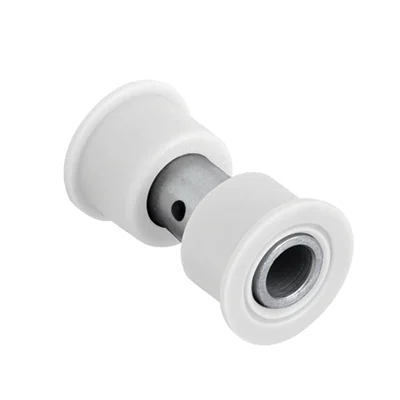
Delrin Bearings: Lubrication-Free Long Life

Locomotive Bearing Specs That Matter Most
